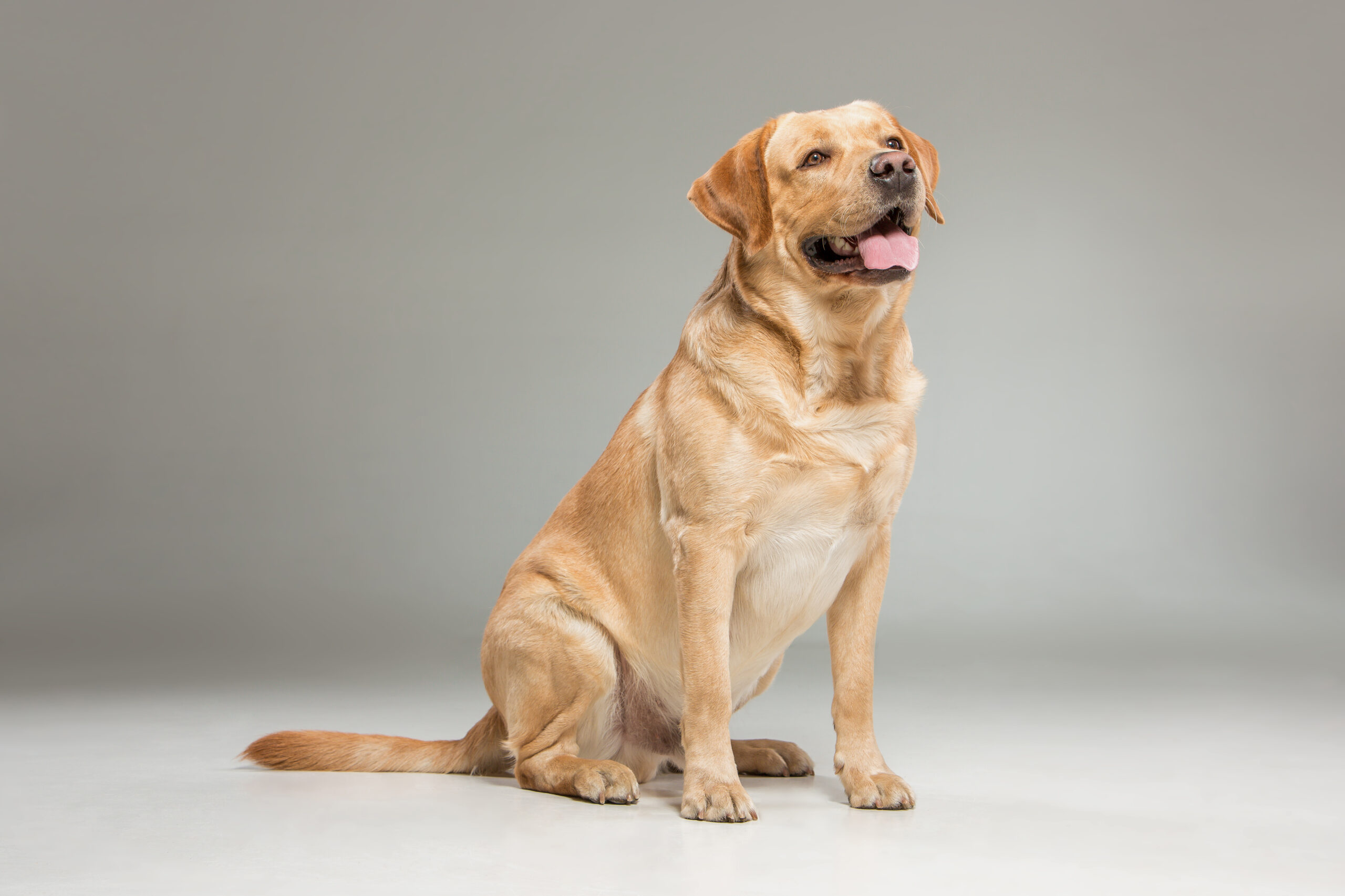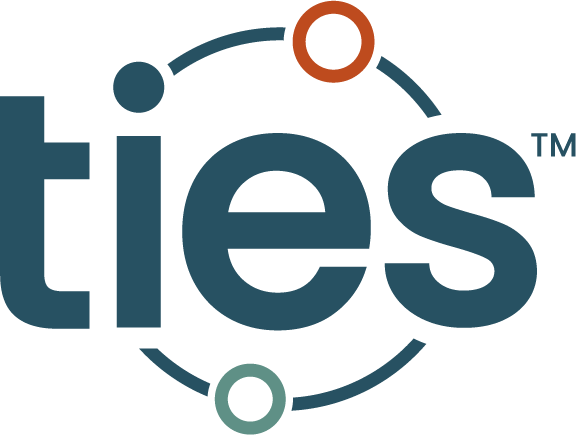
Ohio Department of Education Joins Smithsonian Initiative to Pilot Frameworks
Griffey is the reason why Yujia Ding can work as a scientist. Actually, the 70-pound English Labrador is why she can do anything – safely.
The service animal has been trained to support Ding when POTS, Postural Orthostatic Tachycardia Syndrome, causes her heart to race, triggering her to pass out and, sometimes, fall down.
Griffey breaks her fall and can then help assure that help comes.
Despite his critical role for Ding, Griffey isn’t welcome everywhere she goes.
Griffey is part of what motivates Ding’s work with Zero Barriers in STEM Education: Accessibility and Inclusion Program (also referred to as, Zero Barriers), a program sponsored by the Smithsonian Science Education Center to increase accessible STEM education opportunities for all learners across the continuum of human ability.
“Zero Barriers, as the name suggests, is really not having any barriers in STEM and the whole the whole goal and the whole mission of the program is to ensure that individuals with disabilities are able to access STEM in a way that everyone else can access it,” said Ding.
Ding, who holds an EdD, is working with an Ohio team, made up of leaders from the Ohio Department of Education and two schools, to develop processes and strategies for making STEM more accessible and inclusive for individuals with disabilities.
Griffey removes barriers for Ding. Not everyone has a Griffey. And the Smithsonian’s work, which is being piloted and tested in Ohio, is intended to create a system for ensuring that disabilities don’t prevent people from pursuing STEM.
Those disabilities can be physical, intellectual or emotional. “We need to figure out whatever is stopping people from being able to pursue STEM so that we can increase and diversify the STEM workforce. We need to be sure that we are being inclusive for all,” Ding said.
The Zero Barriers framework is a passion project for Ding, who had to fight to get accommodations to have Griffy accompany her in both academic and professional situations.
“Griffey comes with me wherever I go. But when I first got Griffey, I was in grad school, and the way I could get my accommodation for my service dog was to have him in a room down the hall from my lab, which is behind two doors,” she said. “I was like, ‘How does this make any sense at all?”
Ding didn’t fight because she was at the end of the program. “And I was like, ‘I don’t want to fight. I’m tired.’”
But then Ding landed an internship in the biotech industry.
Her employer offered to have Griffey kept in a room down from her lab.
“At the time, I think I didn’t understand much about service dogs. I knew they had access. And that’s basically all I knew. And I was really naive. I thought that the accommodation of my dog getting to come to work with me was fine,” she said.
But she had a POTS incident without Griffey next to her and able to provide support for her and minimize the impact of a fall.
This incident and other experiences she has had have driven her to work for creating more opportunities for individuals with disabilities.
Ding and the other members of the Ohio team working with the Smithsonian are developing specific guidance for educators to make STEM more accessible and inclusive.
They are concentrating on recommendations for safe and accessible STEM spaces, including such areas as labs, maker spaces and design studios. They are also working on strategies for highlighting STEM professionals with disabilities to encourage others to believe that they, too, can find a career in STEM.
Two schools in Ohio, Herbert Mills STEAM Elementary in Reynoldsburg and Hawkins STEMM Academy in Toledo, are piloting the strategies and collecting data to share about their effectiveness.
Mary Ellen Dobransky, STEM Administrator for the Ohio Department of Education, explained why the Department is partnering with the Smithsonian for the Zero Barriers initiative: “Educators and school districts need ongoing, consistent, and authentic guidance/training to create a sustainable pipeline of accessible STEM learning experiences.”
Dobransky continued, “Our state needs to address this because our STEM workforce continues to grow. We believe this can be addressed by focusing on providing educators with a framework for making STEM more accessible and inclusive for K-12 Ohio students with disabilities.
Cynthia Madanski, an instructional coach at Hawkins STEMM Academy, said the Zero Barriers initiative aligns with her school’s core values about inclusion.
“We believe STEM is for everyone. The data collected from the Zero Barriers team will provide guidance for educators who are longing for strategies, scaffolds, and resources to make STEM accessible for every student. This in turn will impact all students, and ultimately lead to an increase in representation of individuals with disabilities in the Ohio STEM workforce in the next decade,” Madanski said.
For Ding, the reforms for people with disabilities can’t come soon enough. She considers herself fortunate to have been able to knock down barriers for her own life and career but she recognizes that much of her success in finding the needed accommodations for Griffey were due to luck that others may not have.
“I was very, very fortunate in my life to meet the people I did when I did, because if I didn’t meet my really good friend whose husband is a lawyer, I wouldn’t have gone down this path and I wouldn’t have known how much of a struggle it is. I’ve been very, very lucky. And so this is what really inspired me,” Ding said.
| Read about the work with Zero Barriers being piloted at Hawkins STEMM Academy. |
